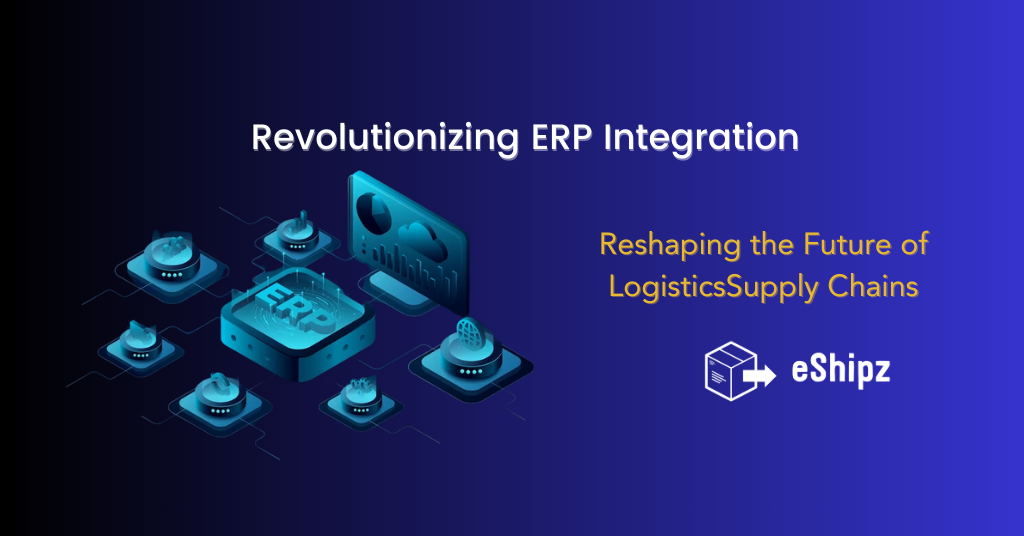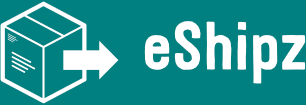In the not-so-distant past, supply chain management relied heavily on manual processes and paper-based documentation, leading to inefficiencies, delays, and limited visibility. However, John Chambers, the former CEO of Cisco, famously warned, “At least 40% of all businesses will die in the next 10 years, if they don’t figure out how to change their entire company to accommodate new technologies.” This led to an urgency in business and industries to adapt and integrate innovative solutions to thrive in today’s dynamic business landscape.
What is ERP?
ERP, or Enterprise Resource Planning, is a comprehensive software solution that streamlines core business processes like finance, HR, procurement, and inventory management. By centralizing these functions, ERP systems enhance communication, collaboration, and decision-making across an organization.
The Evolution of ERP Systems: From Back-office Automation to Advanced Functionality
Since their inception in the 1960s, ERP systems have undergone significant evolution. Originally designed to automate back-office functions, modern ERP solutions now offer advanced features like real-time analytics, cloud deployment, and mobile accessibility. This evolution mirrors the changing needs and complexities of contemporary businesses.
Types of ERP Systems: Catering to Diverse Industries and Business Sizes
In today’s market, there are various types of ERP systems available, tailored to different industries and company sizes. Leading ERP vendors such as SAP, Oracle, Microsoft Dynamics, and NetSuite offer unique functionalities to meet specific business requirements.
The Vital Role of ERP for Businesses: Streamlining Operations and Driving Efficiency
ERP systems are essential for businesses seeking to streamline operations, cut costs, and boost efficiency. By centralizing data and automating processes, ERP solutions empower businesses to make swift, well-informed decisions and adapt rapidly to market shifts. Furthermore, ERP systems provide scalability and flexibility to support business expansion and growth.
Enhance Logistics Efficiency with ERP Integration
Discover how logistics automation, coupled with ERP integration, optimizes supply chain management. Streamline transportation, warehousing, and inventory tasks for heightened visibility and operational excellence.
ERP systems act as a central hub, managing diverse business processes like finance and inventory. When integrated with logistics operations, ERP systems expand their capabilities to cover transportation, warehousing, order fulfillment, and more. This seamless integration facilitates smooth communication and data exchange across the entire supply chain, from procurement to delivery.
Gain a comprehensive view of your supply chain with real-time data sharing and automated processes. Improve coordination, efficiency, and decision-making while eliminating manual errors. Elevate customer satisfaction with enhanced control and accuracy throughout your logistics operations.
“Implementing the ERP system and realizing the promised benefits are two different ball games. Implementation can be a success, but if the operational phase is not planned and organized properly with the support of all the people involved, then the promised benefits will not materialize.” ~Alexis Leon
Below are some of the benefits that come with integrating ERP systems into logistics operations:
- Enhanced Visibility: Gain real-time insights into inventory levels, order statuses, and shipments, empowering swift decision-making and responsiveness to market shifts.
- Improved Efficiency: Streamline operations through automation, reducing processing times and errors, ultimately boosting productivity and efficiency.
- Cost Savings: Optimize inventory levels, mitigate stockouts, and enhance resource allocation, resulting in cost reductions and improved profitability.
- Enhanced Collaboration: Facilitate seamless communication and collaboration across departments, suppliers, and partners, nurturing stronger relationships and smoother workflows.
- Scalability: With adaptable ERP systems, businesses can effortlessly scale operations to meet evolving needs, ensuring agility and competitiveness in the market.
Navigating Integration Challenges in Logistics
- Compatibility Hurdles: Integration between logistics automation and ERP systems may face roadblocks due to compatibility issues like varying data formats and system architectures, hindering smooth data exchange.
- Data Sync Struggles: Achieving seamless data synchronization is crucial but challenging, as timing discrepancies and validation errors can lead to incomplete or inaccurate information, impacting decision-making.
- Legacy System Obstacles: Enterprises with legacy ERP setups may encounter integration hurdles due to outdated technology and customization needs, making the process more complex and costly.
- Process Alignment Dilemmas: Aligning existing workflows with new logistics automation functionalities requires careful consideration and may face resistance from stakeholders accustomed to traditional processes.
- Adaptability Concerns: Integrating logistics automation demands systems that can scale and flexibly adapt to future growth. Factors like data volume and processing speed must be taken into account for long-term success.


Achieve Seamless ERP and Logistics Integration with These Best Practices:
- Compatibility Check: Begin by thoroughly assessing compatibility between your logistics automation software and existing ERP systems. Identify potential integration points and ensure alignment in data formats and communication protocols for smooth data exchange.
- Standardize Data Formats: Opt for standardized data formats like XML or JSON to foster interoperability between logistics automation and ERP systems. This minimizes compatibility issues and streamlines data exchange processes.
- Harness APIs: Leverage Application Programming Interfaces (APIs) provided by both systems for direct integration. APIs facilitate real-time data exchange, enhancing integration efficiency and reliability with seamless communication.
- Data Mapping Precision: Develop robust data mapping and transformation processes to maintain data consistency and integrity throughout integration. Clearly define mappings, validate data, and implement error-handling mechanisms to address any discrepancies effectively.
- Scalability Planning: Design integration architecture with scalability in mind to accommodate future growth and changing business needs. Implement scalable infrastructure, flexible data models, and modular components to ensure adaptability without significant disruption.
The Way Forward
The future of ERP and logistics automation is promising, with groundbreaking advancements in artificial intelligence, machine learning, and the Internet of Things (IoT). Embrace these transformative technologies to stay ahead in dynamic markets, gain a competitive edge, and spearhead innovation in supply chain management.
Conclusion
As we contemplate the evolution of supply chain efficiency and operational optimization sparks curiosity about adapting to the dynamic realm of digital transformation to stay competitive globally. One undeniable truth emerges: Seamless integration with ERP systems stands as a cornerstone in reshaping the logistics sector, fostering heightened efficiency, and propelling businesses towards unparalleled success.
eShipz can integrate an ERP system by leveraging API connections to exchange data seamlessly. Through API endpoints, eShipz can synchronize order details and shipping information between the ERP and its platform. This integration ensures real-time updates, streamlining processes for order management, visibility, and shipping logistics. eShipz configures the integration parameters to align with the ERP’s data structure, enabling smooth communication and automated workflows. Additionally, eShipz offers customization options to tailor the integration according to the specific requirements of the ERP system, facilitating a rapid and efficient integration process.
#ERPIntegration #FutureLogistics #SupplyChainOptimization #DigitalSupplyChain #LogisticsTech #IntelligentLogistics #ERPInnovation #LogisticsAutomation #Industry40 #EfficientSupplyChain







